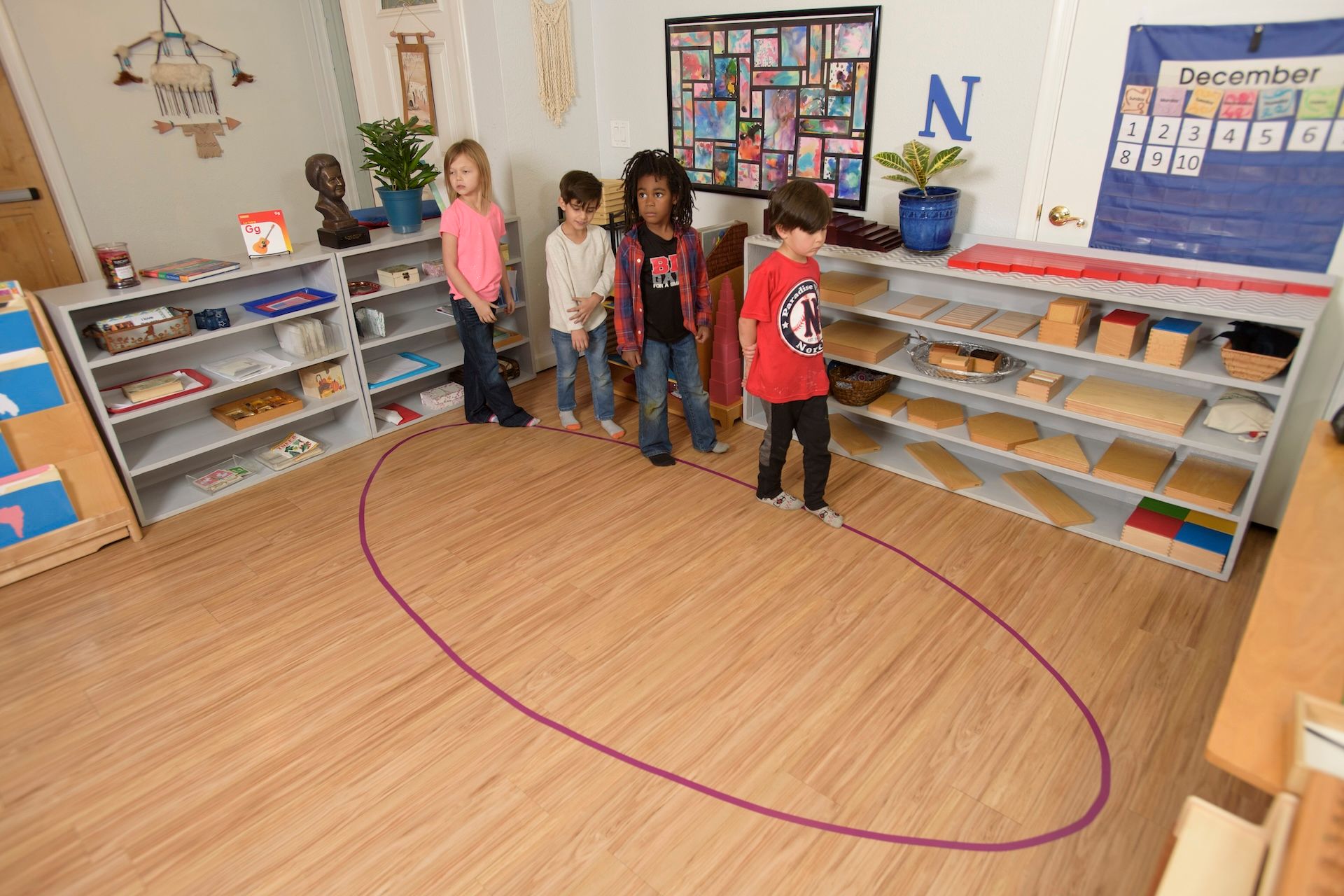Technology is everywhere in modern life. We are faced with computers, smart phones, iPads, and countless apps on a daily basis. Operating our technology has become a fundamental skill. Children today are learning to interface with technology at younger ages, but they are still rarely prompted to think about where the applications they use come from. Coding and Computational Thinking are going to be a very vital part of education in the coming years.
An Empowering Idea
We want our kids to be self-sufficient. We want them to be able to solve problems. We want them to be able to see an obstacle and think of a way around it. In short, we want them to have a growth mindset. Learning to think computationally can only help students achieve this goal. Programming can allow students of all ages to control machines, use machines to help solve complex problems, and turn their creative ideas into interactive pieces.
In our Coding Fun 4Stem program, the children learn to create their own games, animations, and program robots while confronting tough and abstract critical thinking problems. When things don’t go perfectly on the first try, students learn to be resilient. Their individual and collaborative work skills are put to the test and the thinking skills that they learn directly apply to the more complex coding that they will be doing later in their education. Teaching children programming concepts at the elementary level is the perfect marriage of complex problem solving, and creative self-expression.
It’s Easy and Fun to Learn
When students learn coding principles as part of a game instead of strictly digital coding, it becomes both initiative and fun to learn. Students will spend far more time testing new ideas and learning voluntarily than they would in a traditional academic setting. Plus, there are countless studies that highlight the various reason students learn new languages more easily than adults.
Diverse Learning Creates Better Learners
Bill Gates said, “Learning to write programs stretches your mind, and helps you think better, creates ways of thinking about things that I think is helpful in all domains.”
Programming skill requires students learn to make logical connections. By creating visual and auditory outputs and encouraging children to learn these skills at a young age, their education overall will be enhanced. Breaking a problem down into manageable parts is a fundamental problem-solving skill in English, Mathematics, Science, and even Art. No matter what your child’s focus, learning computational skills only enables them to be better at it.
Working Towards The Future
In 2015 more than 70% of all new jobs in STEM fields were in computing; however, only 8% of graduates were in a computer science program. Our education system has not caught up to the modern era. By ensuring that your child has these skills, they will have a competitive edge that will set them apart throughout their life. Through 2020, demand for software development alone is anticipated to create nearly 520,000 jobs. Jobs which, on average, will earn over 40% more than the median salary in the US.
A Permanent Change
In Britain, computational thinking and programming skills have recently become a mandatory part of the education curriculum at all levels. More than 31 states in the US allow or require computer science as part of their high school graduation requirements. Both Chicago and New York have made Computer Science courses a core part of their curriculum at the high school level. These education trends are here to stay, and our elementary education must match our children’s needs.
The post 5 Compelling Reasons to Teach Coding to Students appeared first on Pebblecreek Montessori.
Hours
MONDAY - FRIDAY
HALF DAY: 8:30a – 12 noon
ACADEMIC DAY: 8:30a – 3:30p
EARLY CARE: 7:00a – 8:30a
AFTER CARE: 3:30p – 6:00p
OFFICE: 8:00a - 4:00p
Programs
Connect
Pebblecreek Montessori






